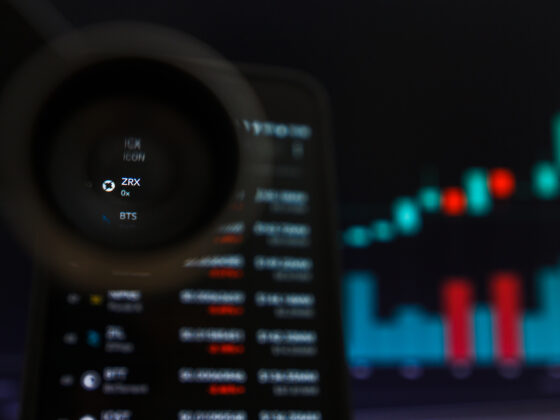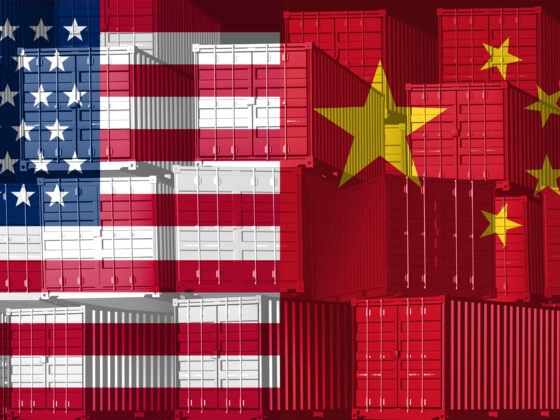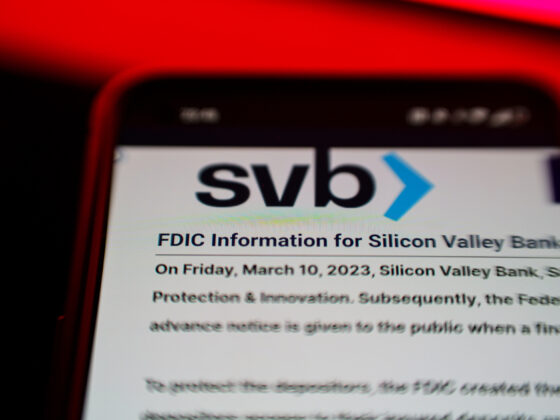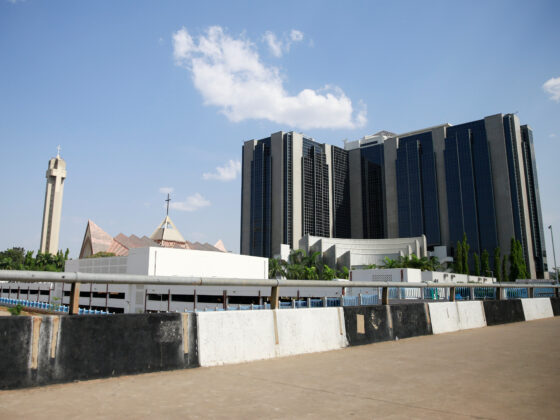Business insolvencies in the UK surged by 57% in 2022, to 22,109, according to the latest data from the Insolvency Service, a UK government agency that deals with bankruptcies and companies in liquidation. It is the highest number of insolvencies registered annually since 2009, at the height of the Global Financial Crisis.
Twenty Twenty-Two “was the year the insolvency dam burst,” said Christina Fitzgerald, the president of R3, the insolvency and restructuring trade body. Insolvencies peaked in the fourth quarter of the year, underscoring the compounding pressures on companies grappling with surging costs and rapidly slowing economic activity.
“Supply-chain pressures, rising inflation and high energy prices have created a ‘trilemma’ of headwinds which many management teams will be experiencing simultaneously for the first time,” Samantha Keen, UK turnround and restructuring strategy partner at EY-Parthenon and president of the Insolvency Practitioners Association (IPA), told the Financial Times. “This stress is now deepening and spreading to all sectors of the economy as falling confidence affects investment decisions, contract renewals and access to credit.”
Other headwinds include soaring interest rates, falling consumer demand, nationwide strikes, lingering Brexit-induced supply chain issues, and both chronic and acutely bad government.
Closest to the Edge
None of this, of course, should come as a surprise. Of all the large economies in Europe, the UK’s is arguably closest to the cliff edge. As newspaper headlines trumpeted this week, the UK economy this year will probably fare worse than Russia’s sanction-hit economy, according to the IMF’s latest forecasts. But then the same could be said of many other European economies, including Germany and Italy.
Stagflation is gradually settling in across the continent. With energy prices still high (though not as high as feared some months ago), the specter of deindustrialization continues to loom over the EU’s industrial powerhouses, Germany and Italy. And the frantic efforts of central banks to bring inflation back under some semblance of control risks triggering not just an economic crash but also a financial one, as Nouriel Roubini warned in October:
It is much harder to achieve a soft landing under conditions of stagflationary negative supply shocks than it is when the economy is overheating because of excessive demand. Since World War II, there has never been a case where the Fed achieved a soft landing with inflation above 5% (it is currently above 8%) and unemployment below 5% (it is currently 3.7%). And if a hard landing is the baseline for the United States, it is even more likely in Europe, owing to the Russian energy shock, China’s slowdown, and the ECB falling even further behind the curve relative to the Fed.
As economic conditions deteriorate, life gets harder and harder for Europe’s heavily indebted households and businesses. As I cautioned in late August, Europe’s entirely self-inflicted energy crisis risks tipping legions of small businesses over the edge. In the UK, as just about everywhere else, many small in-person businesses only managed to weather the lockdowns of 2020-21 by taking on huge amounts of debt:
[In the UK] the only way the debt gets cancelled is if the business in question goes into insolvency. According to research published by the Bank of England in November 2021, 33% of small businesses [had] a level of debt more than 10 times their cash in the bank, versus 14% before the pandemic. Many of those businesses had never borrowed before and some would probably not have met pre-pandemic lending criteria.
In total, £73.8 billion has been lent under the UK’s coronavirus emergency lending programs — the equivalent of 3.5% of GDP. Almost two thirds of that money — £47 billion — went to 1.26 million small businesses — in a country of roughly 5 million businesses. Through the Bounce Back Loan program SMEs were able to borrow up to 25% of their revenues to a maximum of £50,000. The loans, interest-free for 12 months, are administrated by private-sector banks, but are 100% backed by the government.
Companies now have to pay off that debt, against the backdrop of one of the most hostile business environments of living memory. As an op-ed in The Times (of London) pointed out on Wednesday, Britain is reeling from a particularly nasty combination of supply-chain shocks:
The energy crisis has hit the country particularly hard given the extent of its reliance on gas in its energy mix. The workforce is shrinking as a result of rising inactivity due to post-pandemic ill health and early retirement as well as post-Brexit shortages of low-skilled workers in some sectors. Trade has recovered from lockdowns more slowly than comparable countries, held back by post-Brexit border controls. Investment has flatlined since 2016 with dire consequences for productivity growth.
The result, notes the article, is that the UK is now grappling with higher and stickier inflation than most other major economies. In December, consumer price inflation (CPI) was 10.5%, just slightly below the record high of 11.1% registered in October. In January, food price inflation hit a fresh record high of 16.7%.
The Bank of England’s response was to hike interest rates for the 10th time in a row, perhaps in the deluded hope that a hard landing can still be avoided. Or perhaps the BoE just wants to bring the whole damn edifice down. Rates are now at 4%, their highest level since the topsy-turvy days of October 2008. And with each fresh hike, it becomes harder for struggling companies to service their expanding debts. This is the result:
Last year, creditors’ voluntary liquidations (CVLs) hit their highest point in the time series since records began in 1960. This is largely because the relative proportions of insolvency types, between CVLs, compulsory liquidations and other types of insolvencies, have changed in recent years. In 2020 and 2021, CVL numbers were significantly lower due to the emergency support measures provided by government, such as the furlough program, emergency loan schemes and debt moratoriums.
But that support ended some time ago and for many businesses the time has now come to start paying back the 100% debt they accrued.
The government’s Bounce Back Loans scheme was first launched in May 2020. Over the next 18 months, more than a million small companies, some of them fronts for criminal shysters, took advantage of the scheme. On signing the loan, companies were given the chance to defer their payments for the first six months. When that six months was up, they were given another chance. And then another. But at the end of the third deferment period — i.e. 18 months after the loan was first issued — crunch time arrived.
For companies that took out a loan in December 2020, that moment will have arrived in June 2022. This is one of the main reasons why the number of insolvencies has surged over the past year. And the trend is likely to continue, if not intensify, in the coming months.
Read the rest here:














